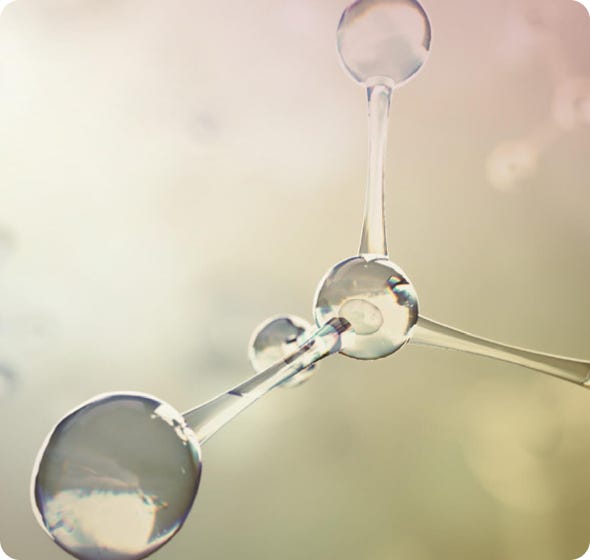What are HMOs (Human Milk Oligosaccharides)?
HMO stands for HUMAN MILK OLIGOSACCHARIDES, which act as a prebiotic found naturally in breastmilk. They are the third largest solid component in breastmilk after lactose and fat. HMOs feed only beneficial bacteria in the gut of infants and children.¹ Through scientific innovation, structurally identical HMOs to that found in breastmilk can now be created.


3rd most abundant solid component in breastmilk.


HMOs acts as unique prebiotics found naturally in breastmilk.


70% of the immune system exists
in the gut. HMOs act as prebiotics that feed good bacteria in the gut.²


Why are HMOs important for little babies?
Good nutrition is the foundation of your child’s development. For babies, the best nutrition is breastmilk as it provides the optimal balance of nutrition. Studies suggest that breastfed babies often have stronger immune systems due to the presence of HMOs.¹
HMOs are prebiotics. They feed and promote good bacteria in the gut, where 70% of the immune system exists, keeping your little one’s digestive system healthy whilst also strengthening the gut barrier function. This helps to maintain and support their immune health.²


What is 2’-FL HMO?
2′-FL HMO, or 2′-fucosyllactose human milk oligosaccharide, is a prebiotic found naturally in breastmilk. There are more than 150 different HMOs in breastmilk and 2’-FL is the most prominent.³ About 80% of mothers make 2′-FL in their breastmilk.⁴
Probiotics & HMOs
Bifidobacteria is a probiotic (“good” bacteria) that dominates the gut of a breastfed infant.⁵
HMOs in breastmilk such as 2’-FL act as a food source for Bifidobacteria enabling them to proliferate in the gut.⁶
Some prebiotics support the growth of all types of bacteria while HMOs have a unique ability to only support the growth of beneficial bacteria.⁷
B. infantis, a unique strain of Bifidobacterium, proliferates in the gut faster than any other type of Bifidobacterium, due to its ability to efficiently consume HMOs as an energy source.⁸
In metabolising HMOs, B. infantis produces short-chain fatty acids which promote the growth of protective bacteria, and inhibit pathogenic bacteria.⁸
References:
- Bode L. Nutrition Reviews 2009. Vol. 67(Suppl. 2):S183–S191
- Furness, J. B., Kunze, W. A., & Clerc, N. (1999). II. The intestine as a sensory organ: neural, endocrine, and immune responses. American Journal of Physiology-Gastrointestinal and Liver Physiology, 277(5), G922-G928.
- Castanys-Muñoz et al. Nutrition Reviews® Vol. 71(12):773–789
- Lewis, Z. T. et al. Microbiome 3, 13 (2015).
- Yatsunenko T, Rey FE, Manary MJ, et al. Human gut microbiome viewed across age and geography. Nature. 2012;486(7402):222-227. Published 2012 May 9. doi:10.1038/nature11053
- Hegar B, Wibowo Y, Basrowi RW, Ranuh RG, Sudarmo SM, Munasir Z, et al. . The role of two human milk oligosaccharides, 2′-Fucosyllactose and Lacto-N-Neotetraose, in infant nutrition. Pediatr Gastroenterol Hepatol Nutr. (2019) 22:330–340. 10.5223/pghn.2019.22.4.330
- Underwood, M., German, J., Lebrilla, C. et al. Bifidobacterium longum subspecies infantis: champion colonizer of the infant gut. Pediatr Res 77, 229–235 (2015). https://doi.org/10.1038/pr.2014.156
- Salli K, Anglenius H, Hirvonen J, Hibberd AA, Ahonen I, Saarinen M, Tiihonen K, Maukonen J and Ouwehand A. The effect of 2’-fucosyllactose on simulated infant gut microbiome and metabolites; a pilot study in comparison to GOS and lactose. Scientific Reports.(2019) 9:13232. https://doi.org/10.1038/s41598-019-49497-z
